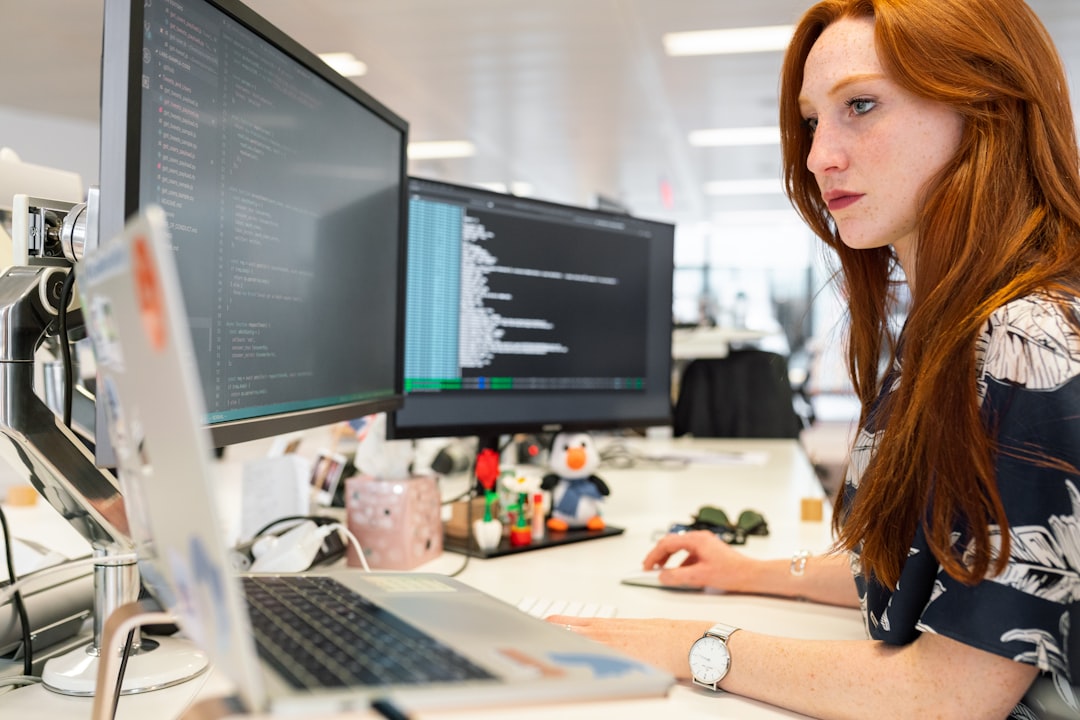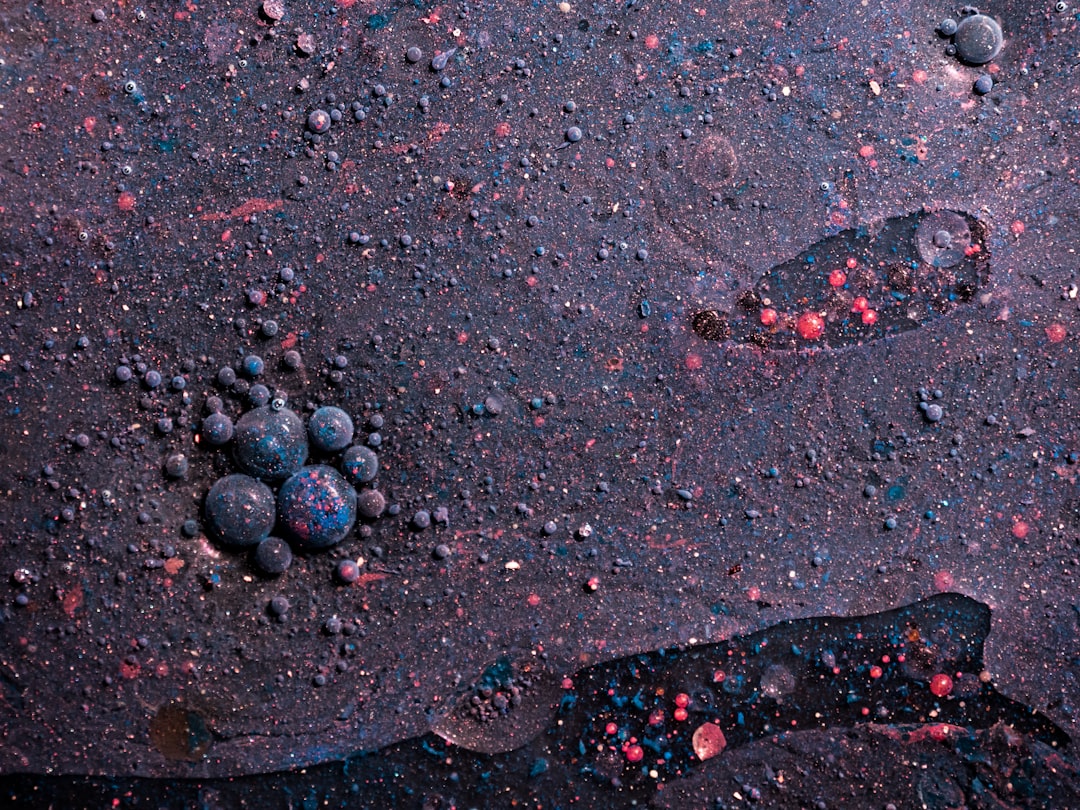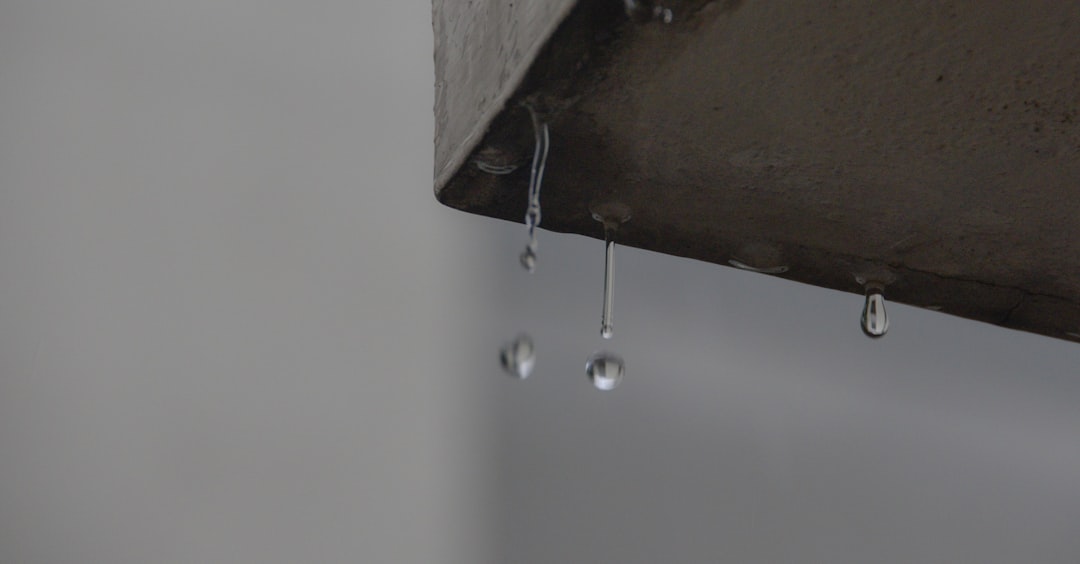What is it about?
The SARS-CoV-2 virus spreads via respiratory droplets which are released when an infected person sneezes or coughs. The first line of defense against such droplets is social distancing. Face masks, too, could reduce the spread of these droplets to a large extent. So, in situations where distancing is not possible, medical experts suggest wearing a mask. But can masks control the spread of disease in the absence of social distancing? To what extent can a face mask protect someone who is close to a sneezing or a coughing, infected person? A study published in 2020 attempted to answer this question by comparing the efficiency of five masks. The authors built a setup that could simulate the spread of airborne droplets during human interactions, even with infected people and those susceptible to contracting COVID-19. They assessed how snugly fit N-95, surgical, cloth, and wetted cloth masks performed in the presence of this setup. Of these, airborne droplets were able to leak through all except the N-95 mask. It was evident that in the absence of social distancing, masks did not protect a person who was susceptible to contracting COVID-19.
Featured Image

Photo by Vera Davidova on Unsplash
Why is it important?
Masks are an important safety measure during this pandemic. This study shows that masks are effective at reducing the spread of airborne droplets. But it breaks the notion that it is safe to have close interaction with people when wearing a mask. Knowing the benefits and limitations of wearing a mask is essential for planning better public health guidelines. This information can help people select an appropriate mask as well. KEY TAKEAWAY: Masks cannot provide complete protection against virus particles during close personal interactions. Hence, it would be better to avoid interactions where the distance is less than 6 feet.
Read the Original
This page is a summary of: Can face masks offer protection from airborne sneeze and cough droplets in close-up, face-to-face human interactions?—A quantitative study, Physics of Fluids, December 2020, American Institute of Physics,
DOI: 10.1063/5.0035072.
You can read the full text:
Resources
Are cloth masks effective at reducing the spread of COVID-19 ?
To what extend face masks protect us against COVID-19 depends on material as well as design. Well fitted, thick layered cloth masks, and commercial cone-shaped masks are suitable at preventing the risk of airborne COVID-19 infection.
Why using a plain or surgical mask is always a better and safer choice
Studies show that wearing high quality cloth or surgical masks can protect against COVID-19. Face shields or valve masks may not be as effective at keeping infectious droplets out of the mouth or nose. This can increase the risk of infection.
Recharging N95 masks to make them reusable
This study suggests a simple method to extend the shelf life of N95 masks. The technique proposed can be used in other air filtration settings as well, including ventilation, air conditioning, and industrial filtration.
How effective are our face masks against the COVID-19-causing coronavirus?
Wearing the right mask decreases the chances of COVID-19 infection quite a lot. Masks with 65% FE are the best to keep the nose and lungs protected from the virus.
Making the most of our resources: Reuse and disinfection of N95 respirators
N95 respirators can be reused following dry heat sterilization at <100°C with no damage or loss of efficiency.
How do masks and ventilation affect the distribution of aerosols in indoor environments?
In an indoor setting with low ventilation rates, exhaled aerosols can be found even at a distance of two meters from their source. The use of highly efficient masks like N95 or K95 masks is recommended to prevent inhalation of these aerosols.
Contributors
The following have contributed to this page










